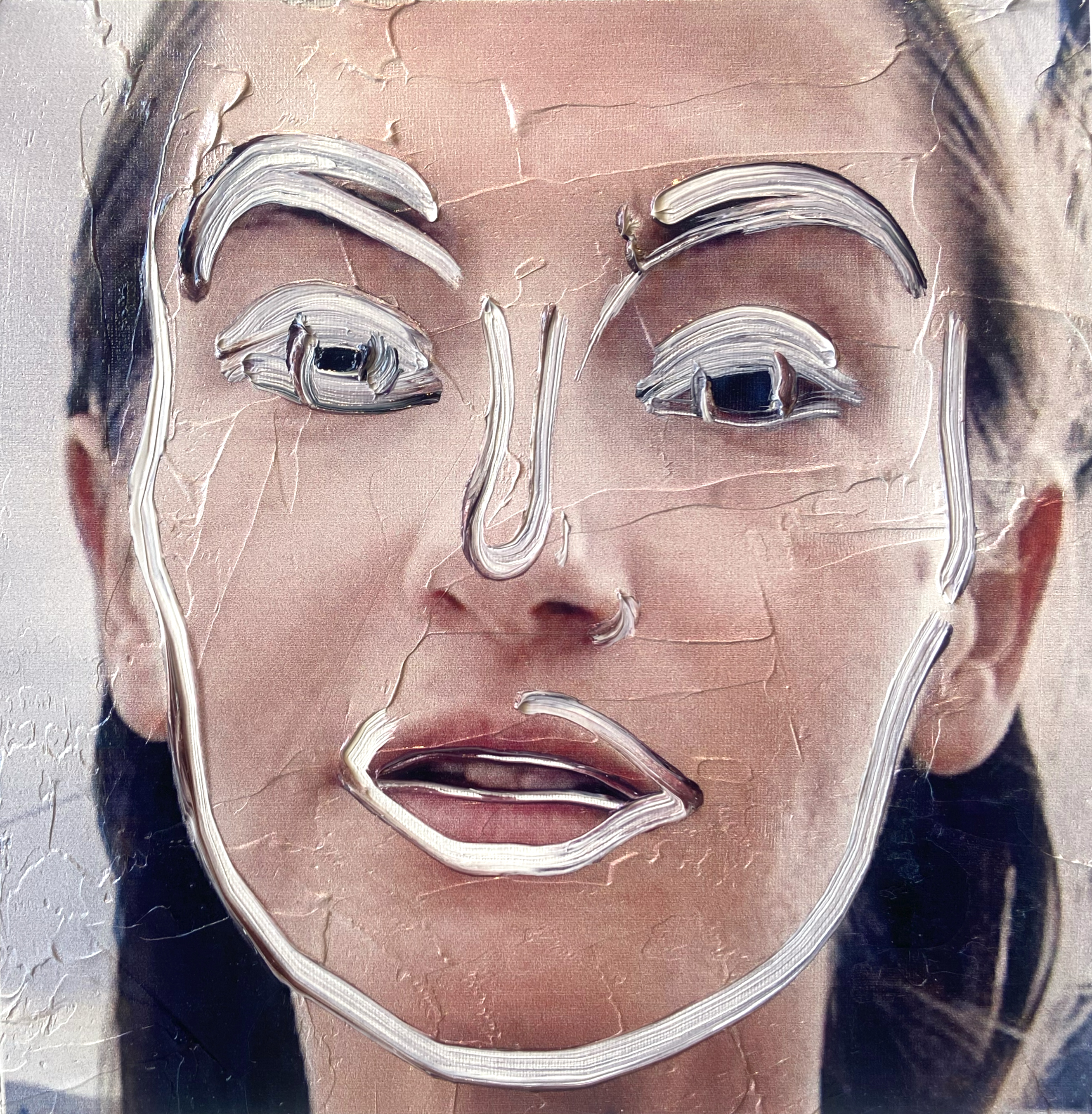Gretchen Andrew at FEMGEN Paris: Beauty, Power & Reprogramming the Digital Self
- Gretchen Andrew

- Oct 26
- 3 min read
In Paris this fall, I joined FEMGEN, a community of female-identifying and nonbinary artists who are reshaping what generative art can be — and who gets to shape it. It’s a platform rooted in openness, access, and visibility, which is deeply aligned with everything my work fights for.
Because here’s the thing:
“When digital art felt like an outside, it utilized that outsider persona to feel important, and then as soon as some artists started to cross the divide and get fancy exhibitions, there was a clamor for validity.”
I’ve lived that tension. My Vision Boards literally hacked the systems of artistic legitimacy — making my desire to be inside the legacy artworld not a secret, but the concept itself. I love the world of museums and institutions. I respect the expertise and the depth of knowledge. But tech? Tech tends to flatten us — turning tools of possibility into tools of conformity.
Facetune & the New Standard Face
My Facetune Portraits, shown in FEMGEN Paris, bluntly ask:
Why do we willingly compress ourselves into sameness?
“There is a democratization in these tools…yet they are flooding our media and setting expectations in really damaging ways.”
We used to fear the uncanny valley — the creepiness of the almost-but-not-quite human.Now we’re running into it at full speed, surgically chasing digital perfection.Becoming less human because the machine told us that’s the beauty standard.
Art That Can Survive Anywhere
FEMGEN’s installation at Artverse — accompanied by online exhibitions via Fellowship — made me reflect on how art moves through space today. Digital work isn’t tethered to a white cube. It’s coffee mugs, IG feeds, Times Square billboards.
“Our images and works won’t be fixed to a single context of presentation, and we must make works powerful enough to survive known and unknown modes of display.”
Van Gogh on a magnet still hits. Good art transcends its container.
A Conversation Across Generations
One of the most meaningful parts of FEMGEN has been exhibiting alongside pioneers like Nancy Burson, Vera Molnar, Copper Giloth, and Analivia Cordeiro — women who used technology long before Silicon Valley pretended to invent it.
“It is only in knowing what has come before that we can understand what is truly new.”
Nancy Burson built the first face-morphing technologies — not to distort beauty, but to question who gets to define it.Copper Giloth and Analivia Cordeiro turned bodies into movement-data when computers filled entire rooms.Vera Molnar’s early algorithmic art still outsmarts most AI today.
My work extends that lineage into a moment where:
The algorithm is the beauty standard
The feed is the mirror
The body is the dataset
What connects us isn’t code — it’s care. We’re using technology not as a spectacle but as a tool to expose what it means to be human.
The Posthuman Pressure Cooker
We now live in a world where visibility is existence. And we’ll modify ourselves into oblivion to get it.
“What I see in this global homogenization of beauty is not just a desire to be ‘pretty’ but a desire to be like everyone else…ending the cultural celebration of the individual.”
My work argues for the opposite. A rebellion of the face.A glitch in the matrix of beauty.
The Feminine Future of Generative Art
Alongside Hermine Bourdin, Saeko Ehara, and Jake Elwes, FEMGEN Paris highlights a future where:
identity is not static
beauty is not assigned
technology doesn’t erase us — we rewrite it
We are imagining an art world that doesn’t gatekeep the tools of visibility.Where legacy and innovation don’t cancel each other out — they sharpen one another.
✨ We’re not here to fit in.We’re here to reprogram what being seen even means.


















Comments